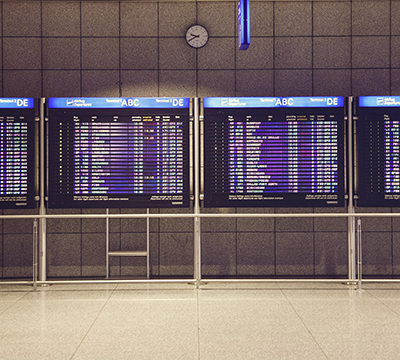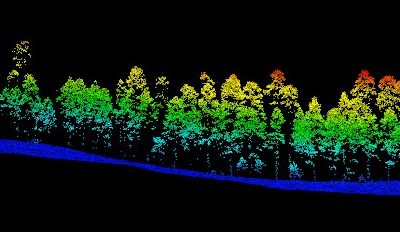Riegl exhibited its miniVUX-1UAV, first rolled out in October 2016 at the InterGEO conference in Germany, for remotely piloted helicopters and unmanned aircraft. The unit is based on the company’s waveform processing LiDAR technology, said My-Linh Truong, Riegl USA’s manager of UAS customer experience.
“It includes a 360-degree field-of-view capability that allows unrestricted data acquisition. It’s also pretty light at 1.55 kilograms,” she said.
Other features include mechanical and electrical interface for IMU monitoring, multiple target capability, aluminum housing for fixed-wing and rotary UAVs, and is suited for snowy and icy conditions, the company said.
Riegl said minVUX-1UAV can be deployed in such applications as agriculture and forestry, archeology and cultural heritage documentation, construction site monitoring, glacier mapping and landslide monitoring.
One of Riegl’s partners, Aethon Technologies, rolled out its Helios-1 autonomous multi-sensor helicopter pod at ILMF. Aethon, which is making customized hardware and software products for helicopter operators, is moving into unmanned systems that operate beyond line-of-sight, said Alastair Jenkins, Aethon Technologies chair and chief strategy officer.
“There are basically three [business] elements were are concentrating on. One is building components for unmanned airframe that operate on power lines, corridors and pipelines that are tower-to-tower, or location-to-location,” he said. “Another component is addressing what is missing in the automated element, you don’t have an operator for the camera to steer the system, particularly in beyond line-of-sight. The final component is the processing capability of the systems. We are working with Riegl on not only products that incorporate LiDAR, but cameras that generate images that are thermal and [infrared].”
An affiliate program of Aethon Technologies is tailored for companies wanting to start or improve existing aerial inspection businesses, Jenkins said. “Aethon provides the support and software. We subsidize the cost of the hardware in exchange for supporting data systems as a partner,” he said.
As part of the program affiliates share a portion of acquisition sales revenue for the subsidized hardware, Aethon said.






